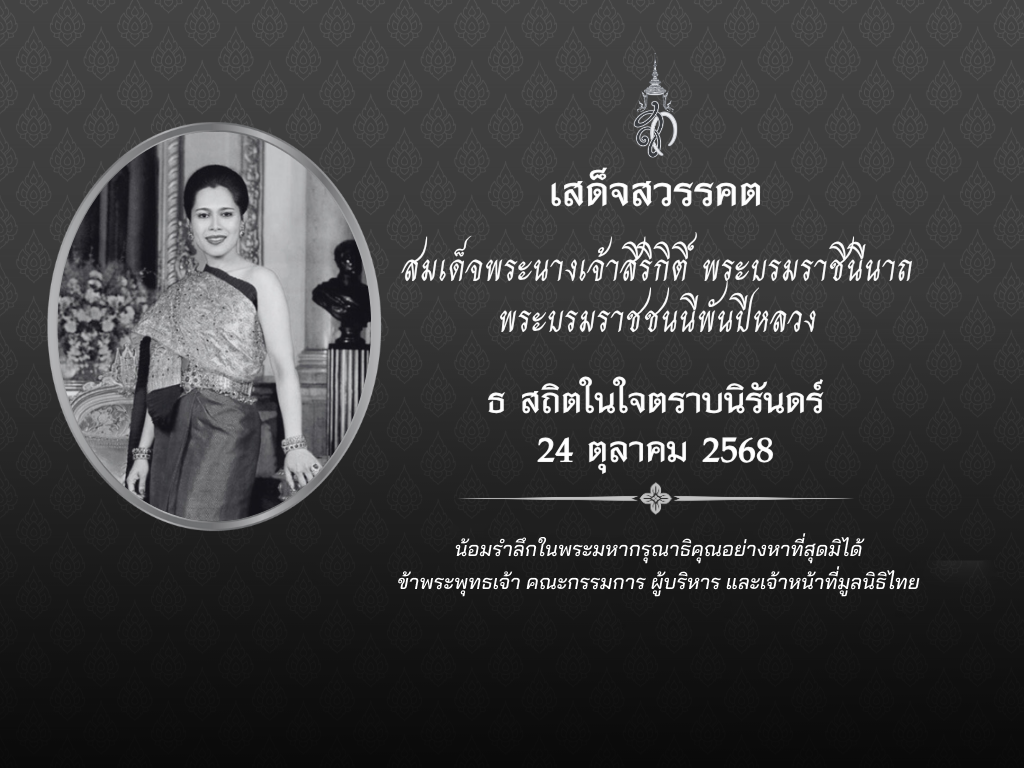
Yahom (cr. thaihealth.or.th)
In olden days, Thais would carry around or ask for ya-hom whenever they felt dizzy, nauseous, bloated, and much more. But what is ya-hom and what is it made out of? How did a medication once used in only royal courts become a household item, and is it still so popular today?
For a long time, ya-hom was considered a quintessential household medication, a sort of panacea that works based on the properties of local and tropical herbs. Literally “fragrant medicine,” ya-hom has an aromatic, inviting smell. It uses parts of fragrant flowers and spices, such as magnolia, agarwood, saffron, red sandalwood, cumin, nigella (Nigella sativa), garden cress, fennel, and dill, and an indispensable core of ingredients (especially important for the fragrant scent), which are:
- agarwood, whose extract is also known as oud, and has a distinctively pleasant fragrance,
- local tropical flowers, commonly: lotus (believed to be healthy for the heart), jasmine (believed to cool down the body), Sarapi (Mammea siamensis), believed to energize, Spanish cherry, believed to cleanse the blood, Ceylon ironwood, believed to boost moo – this combination is known as “The Five Nectars –
- wax from the small Indian civet (Viverricula indica), a small mammal native to South and Southeast Asia. The wax is believed to be healthy for the heart and to maximize the benefits extracted from the aforementioned herbs,
and, finally, a kod, which is an extraction of a combination of herbs native to the region (a popular kod combination is made out of cang zhu, lovage, Dahurian angelica, Szechuan lovage, and sweet wormwood). Ya-hom is a laborious medicine to make, given the time it takes to source all of the ingredients, as well as the steps for production, from cleaning, drying, grinding, to mixing. It was therefore originally available only to royalty or aristocrats, before becoming available to the greater public.
Ya-hom was first documented during the Ayutthaya period in the reign of King Narai the Great (AD 1656-1688) who ordered his court physician to gather and document 81 formulas of ya-hom that were used within the royal court (this was made into a document entitled The Text of King Narai’s Medicines). At this time, when ya-hom was still considered a luxurious product – made out of many imported ingredients and requiring the labor of many servants – ya-hom was virtually inaccessible to the public. King Rama V changed this. He, who wished for such a panacea to be more readily available to the public, called for ya-hom to be distributed to civilians, who were suffering from various illnesses and conditions. At first, the name that was used for ya-hom during distribution was ya osotspa. Later, that name became ya tumra luang (literally “medicine of a royal formula”).
Traditional Thai medicine can trace its origins to Ayurveda medicine, which believes in “elements” in the body. This has affected the use of ya-hom. Ya-hom is considered a treatment for imbalances in the wind element. In fact, many people refer to ya-hom as ya-lom, meaning “wind medicine,” as it is thought to achieve a greater balance of the wind element in the body. Users believe that ya-hom can alleviate the symptoms of an imbalance known as “smooth wind imbalance” (Thai: ลมกองละเอียด lom-kong-la-ied), which causes dizziness and nausea, and another imbalance known as “coarse wind imbalance” (Thai: ลมกองหยาบ lom-kong-yab), which causes gas, heartburn, and flatulence.
The smooth and coarse winds are closely related to each other. According to traditional medicine theory, imbalances often start from coarse wind occurring during indigestion. As the coarse wind moves upward, it becomes smooth wind that circulates throughout the body, causing undesired symptoms. Ya-hom is believed to help ease these symptoms, as it tackles the imbalances from the beginning coarse wind imbalance to the subsequent smooth wind imbalance.
To make ya-hom requires many ingredients, as well as sourcing, cleansing, drying, dehydrating, and grinding them to make a brown powder known as krajae dib (Thai: กระแจะดิบ”), which forms the medicinal base of the ya-hom. The kaejae dib is mixed with a mixture known as nam krasai ya (Thai: น้ำกระสายยา), which consists of nectars and spices, such as nutmeg and fenugreek, and extracts from other plants such as the vetiver grass, to make a cooling medicine known as tua ya rot hom yen (Thai: ตัวยารสหอมเย็น”), which alleviates the symptoms of the “smooth wind imbalance.” To alleviate the symptoms of “coarse wind imbalance,” a heating medicine counterpart known as tua ya rot ron (Thai: ตัวยารสร้อน) is also created using “heaty” ingredients such as ginger and pepper, then mixed with the tua ya rot hom yen and fragrant ingredients to make the final ya-hom.
The traditional way to consume ya-hom is by dissolving it in herbal broth and drinking it as a warm liquid, as the liquid form allows the scents of the medicine to better penetrate through the olfactory senses, and drinking also allows quicker absorption. Nowadays, ya-hom is available in many forms, such as drops, lozenges, and as pills; however, the traditional way of drinking it as a warm drink is still believed to be the most effective.
Despite having many users, ya-hom is not a medicine in its modern definition. It doesn’t cure any conditions, but rather, it aids in balancing out the elements in our bodies. As there are many kinds of ya-hom, it is important to consume one that corresponds to the patient’s symptoms and to adjust for quantity according to the patient’s weight and needs.
Nowadays, there are over 500 recipes for ya-hom. However, only four kinds are approved by Thailand’s Ministry of Health, which included the following four ya-hom in its Register of Common Traditional Household Medicines in 1999 and in its Register of Drugs, under the Herbal Medicine Category, in 2011:
- Dhepajit, which contains 48 ingredients and helps ease vertigo and dizziness;
- Tip-Osot, which contains 48 ingredients and also eases vertigo;
- Indrachakra, which contains 50 ingredients and eases nausea, motion sickness, and stress;
- Nawakod, which contains 58 ingredients and aids indigestion and reduces heartburns.
As these ya-hom have been approved for use by governmental bodies, their production is regulated and endorsed. The Thai Food and Drug Administration has performed research, using animal testing, that suggests that ya-hom is effective in strengthening heartbeats and suppressing gastric acid. As long as it is used in appropriate amounts, ya-hom is considered a safe medicinal option.
However, ya-hom is nowhere as popular today as it used to be. Its decline in popularity comes from a greater belief and trust in western medicine, and the view that ya-hom is old-fashioned, to be used only by the elderly. However, ya-hom is not an object to be taken lightly. It is part of a greater cultural project, and its revitalization would be a show of respect for ancestral knowledge and cultural heritage. After all, how easy could it have been to find all of the above ingredients and to understand their use?

Yahom (cr. thaihealth.or.th)
Reference:
Mapraneet, Hatairat, “[ยาหอมสารพัดเวชสรรพคุณ].” Watthanatham Journal:Department of Cultural Promotion, yr. 52, no. 2, October – December. 2013, pp. 57 – 53. Retrieved April 1, 2021. Link: http://magazine.culture.go.th/2013/2/files/assets/basic-html/page59.html




